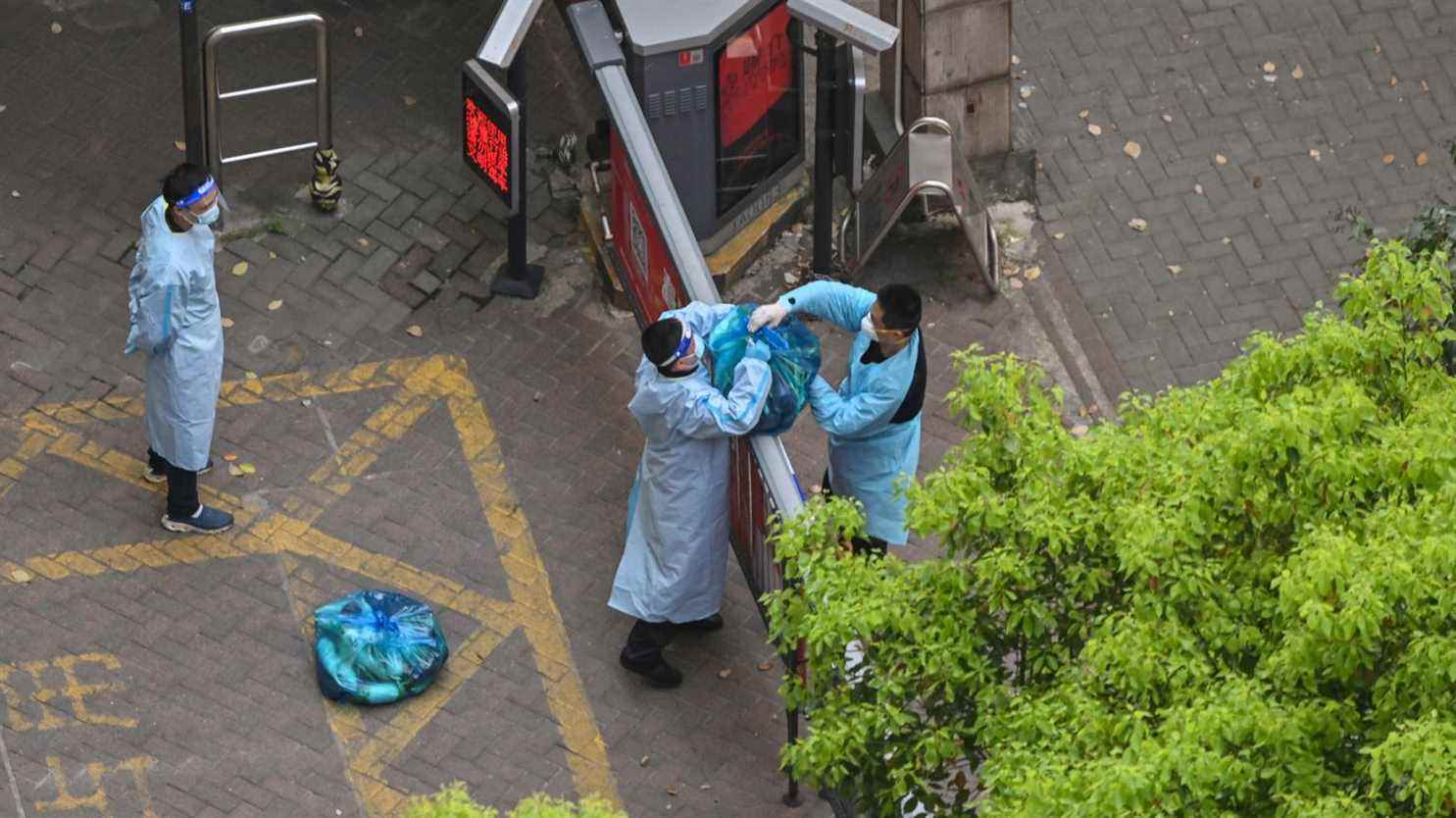It’s like going back to square one. The Covid-19 returns to China, where it appeared. And in the great metropolis of Shanghai, the contamination figures continue to rise. A thousand a day two weeks ago, 21,000 on this Friday, April 8 alone. The proportion of symptomatic cases (824 in the last 24 hours) remains low but is currently doubling in less than 24 hours.
The curve seems for the moment uncontrollable. And this despite a now total confinement of the 25 million inhabitants of the megalopolis. Shanghai is the largest city ever confined in the world for two years. At the beginning, on March 24, the confinement was partial, only half of the city, and it was only supposed to last four days. It is therefore now complete and there is no end date announced.
Stadiums, hotels, convention centers have been requisitioned to put aside anyone who is positive. The streets are deserted, the shops closed, the factories and transport stopped. And it’s not just Shanghai : in total in China today, nearly 200 million people are confined in different regions. This represents one in seven Chinese.
The containment is drastic, in application of the “Zero Covid” policy which is the mantra of Chinese power. And it is all the more drastic, as the Omicron variant, as we know, is very contagious. It is resistant to Chinese vaccines, the only ones authorized in the country. In addition, the vaccination rate for the elderly is low in China, around 50%. But the interest of this radical strategy now seems very debatable: the social and economic cost is very high. While the health benefit is moderate. There are certainly many positive cases, but few deaths. So why confine?
On social networks, many Chinese Internet users therefore express their disagreement, in particular Shanghai. They denounce excessive extremism. It must be said that the authorities are not going too far, we are almost in a bad science fiction film: here young children tested positive are separated from their mother, there aerial drones circulating in the night to tell the inhabitants to “repress their desire for freedom”. Local officials are filmed beating a dog suspected of being infected. Residents come up against agents who want to force them to be screened. And food distribution is a headache since everything is closed.
For many residents of the city, the problem is not so much the virus as the confinement and its excesses. But this is not yet a political problem. The protest is more present on social networks than in the street. And opposite, the power of Xi Jinping certainly has no intention of changing policy.
For two reasons. On the one hand, the Chinese president has erected “Zero Covid” into dogma. And it is difficult to imagine him recognizing an error. On the other hand, the situation at Shanghai shows that the objective of social control of the population is even more important than the objective of health control of the pandemic.
